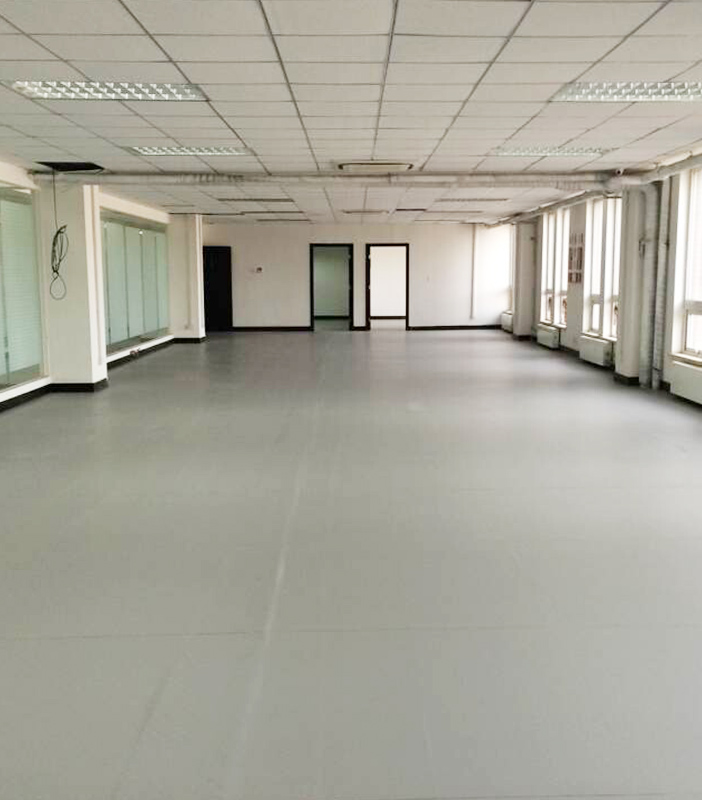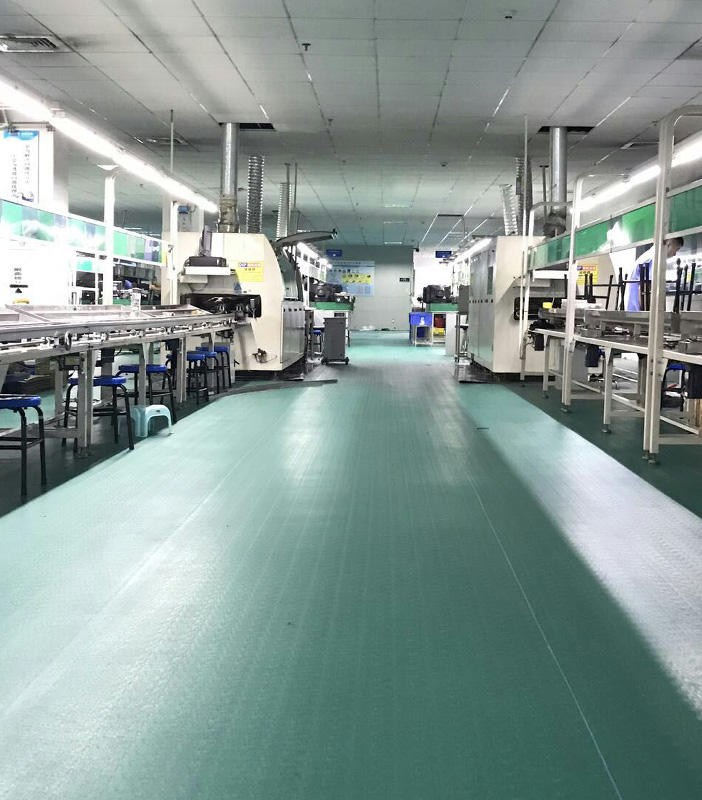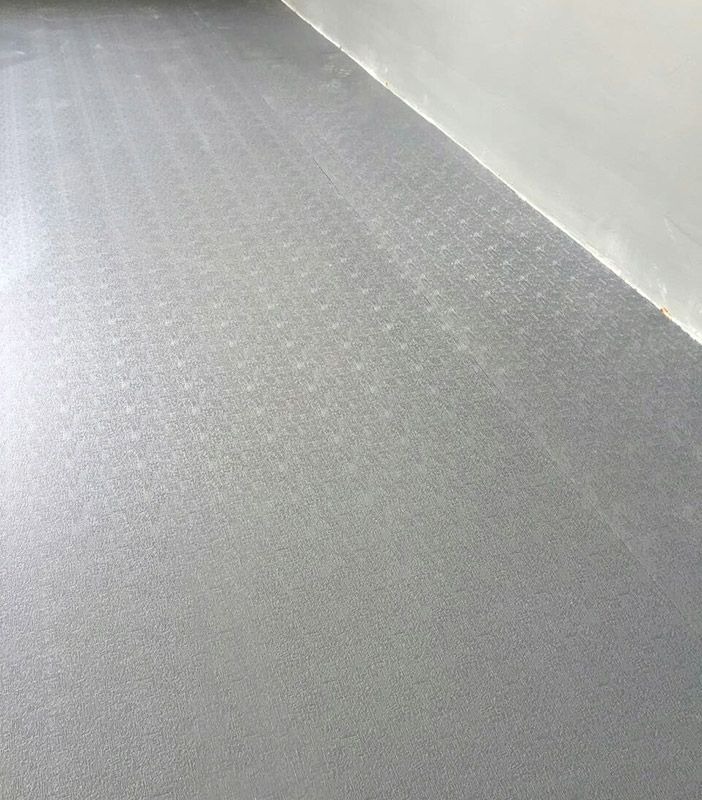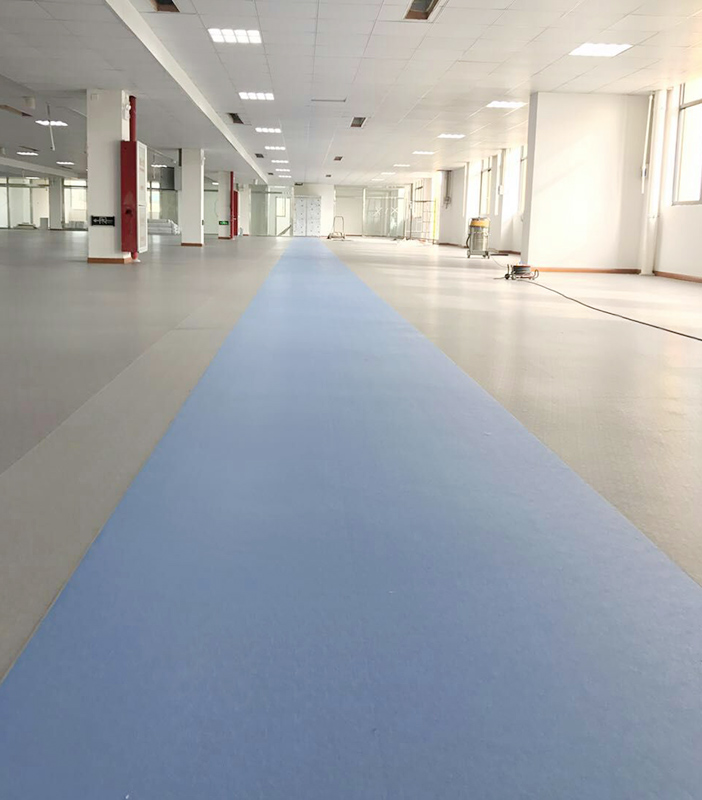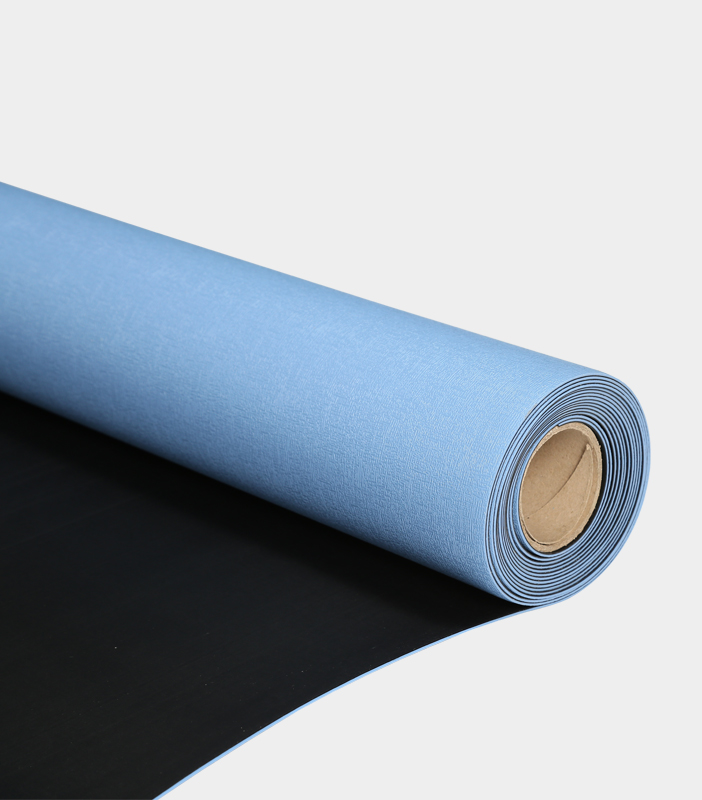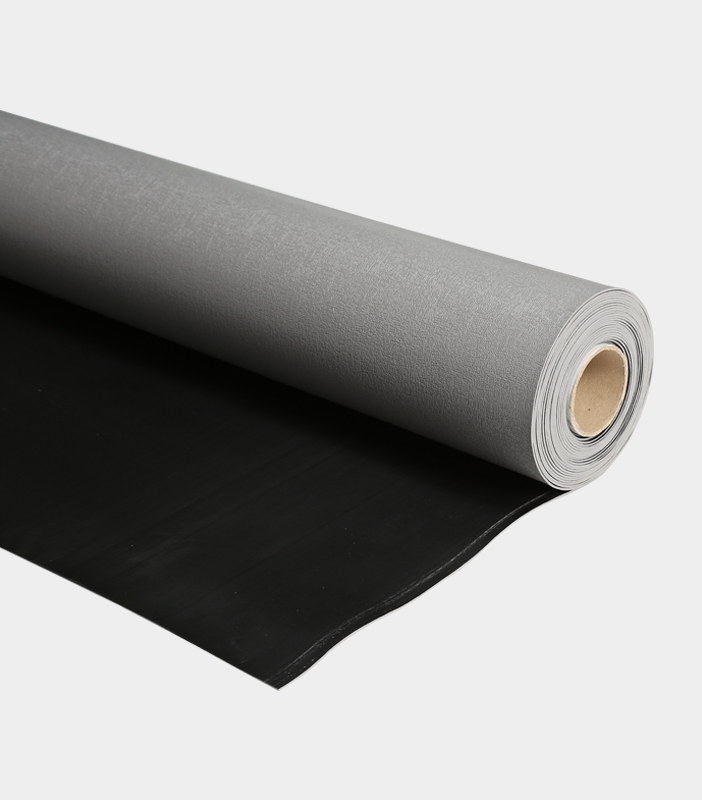In the realm of materials science, where innovation is often guided by the pursuit of enhanced functionality and adaptability, artificial PU leather has emerged as a versatile and widely employed substance. Notably, when imbued with conductive and anti-static properties, it becomes a valuable asset in diverse industries, including electronics, automotive, and manufacturing.
1. Conductive Filler Materials
The fundamental feature that bestows artificial PU leather with conductive properties is the incorporation of conductive filler materials during its manufacturing process. These fillers are typically comprised of metals or carbon-based materials, which impart electrical conductivity to the otherwise insulating PU matrix. Among these fillers, carbon black is a commonly employed component due to its excellent conductivity and compatibility with polyurethane formulations.
In the production of conductive PU leather, the careful dispersion of conductive fillers is of paramount importance. Achieving uniform distribution ensures consistent electrical conductivity across the material, mitigating the risk of localized charge buildup that could lead to electrostatic discharge (ESD) events.
2. Controlled Surface Resistance
The surface resistance of conductive PU leather is a crucial parameter in determining its anti-static effectiveness. Surface resistance is measured in ohms (Ω) and serves as an indicator of a material's ability to dissipate electrostatic charges. In the case of artificial PU leather with anti-static properties, the surface resistance falls within a specific range, typically between 10^6 to 10^9 ohms.
This controlled surface resistance is achieved through precise engineering during the manufacturing process. It ensures that the material can safely and efficiently neutralize static charges, thus minimizing the risk of ESD damage to sensitive electronic components or equipment.
3. Durability and Wear Resistance
To be considered effective in practical applications, conductive and anti-static PU leather must exhibit a high degree of durability and wear resistance. This is especially critical in industries where the material is subjected to frequent abrasion or contact with various substances. Conductive PU leather is often used in environments where durability is paramount, such as in manufacturing cleanrooms or automotive interiors.
The inherent durability of PU leather, combined with the appropriate selection of conductive fillers and reinforcement techniques, results in a material that can withstand the rigors of industrial use while retaining its electrical properties.
4. Compliance with Industry Standards
The successful development of artificial PU leather with conductive and anti-static attributes necessitates adherence to established industry standards and specifications. Various standards, such as ANSI/ESD S20.20 and IEC 61340-5-1, provide guidelines for the performance requirements of ESD control materials. Compliance with these standards assures end-users that the conductive PU leather meets recognized criteria for ESD protection.
Adherence to industry standards also facilitates the seamless integration of conductive PU leather into existing ESD control programs, ensuring its compatibility with established safety protocols.
5. Versatile Applications
Artificial PU leather with conductive and anti-static properties finds a broad spectrum of applications across multiple industries. Its versatility extends to the creation of ESD-safe work surfaces, upholstery for ESD-sensitive environments, automotive seating and interiors, and even specialized protective gear for workers in electronic manufacturing.
Furthermore, this material's adaptability extends to customization, allowing for the creation of tailored solutions that cater to the unique requirements of various industries.
Artificial PU leather with conductive and anti-static properties represents a remarkable marriage of materials science and practicality. Its key features, including conductive filler materials, controlled surface resistance, durability, compliance with industry standards, and versatile applications, collectively empower it as a vital component in the ongoing quest for ESD control and safety in today's technologically advanced world.

 简体中文
简体中文 English
English España
España Deutsch
Deutsch